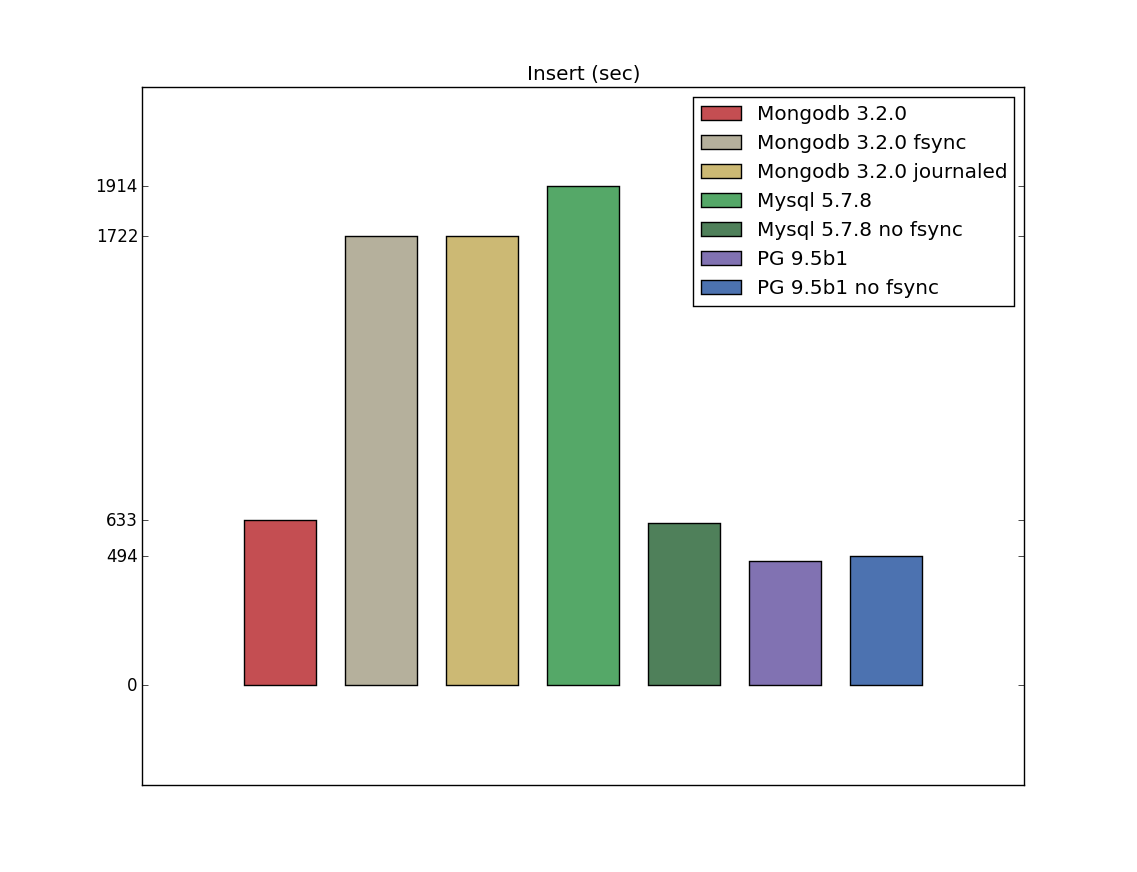Postgresql Insert Or Update

If INSERTS are rare, I would avoid doing a NOT EXISTS (.) since it emits a SELECT on all updates. Ti Nspire Cas License Number Keygen. Instead, take a look at wildpeaks answer: CREATE OR REPLACE FUNCTION upsert_tableName(arg1 type, arg2 type) RETURNS VOID AS $$ DECLARE BEGIN UPDATE tableName SET col1 = value WHERE colX = arg1 and colY = arg2; IF NOT FOUND THEN INSERT INTO tableName values (value, arg1, arg2); END IF; END; $$ LANGUAGE 'plpgsql'; This way Postgres will initially try to do a UPDATE. If no rows was affected, it will fall back to emitting an INSERT.
• • • • • • • • • • • • • • PostgreSQL are indispensable when it comes to contemporary web applications. True - there are many personal static on the working without databases, but in today's dynamic information stream static pages are archaic.
Dynamic content is starting to replace static content even on personal pages. When it comes to corporate business sites the presence of databases is a mandatory element. Building a which uses databases has many advantages. The whole content is structured, easily accessible and editable, and can be transferred or exported to another web application or a newer version of the latter. And while most of the amateur, non-professional, or open source projects use the light, quick and free databases, the professional web environments count on expensive powerful databases offering a higher level of security such as Oracle, MsSQL, Sybase.
And as a free alternative to powerful corporate applications comes PostgreSQL. PostgreSQL's history PostgreSQL's origins lead us back to the 1970s. Back then, at the University of Berkeley, California, a new database software was created - Ingres. This software became the foundation of other popular database solutions, such as Sybase, MsSQL and NonStop SQL.
However, in 1985, the leader of the Ingres project started a new, post-Ingres project, with which he aimed to address the database problems at the time. The new project was based on the ideas used in Ingres, but not on its source code. In the following years the project was completed and several versions of the Postgre database were released. Back then, it was not based on SQL, but on the QUEL query language. The last version using the QUEL interpreter was released in 1993.
UPDATE changes the values of the specified columns in all. Attempt to insert a new stock item along with the. Potty Racers 3.4 Hacked Arcadeprehacks - Free Software And Shareware on this page. Except that the FROM clause is a PostgreSQL. Insert or update new distributors as appropriate. INSERT conforms to the SQL standard, except that the RETURNING clause is a PostgreSQL extension.
In 1994, two Berkeley graduates converted Postgre to use the SQL interpreter instead of the QUEL one and labeled their version Postgre95. Since then, the SQL version gained huge popularity and in 1996 the project was officially renamed PostgreSQL. PostgreSQL was licensed under the BSD license, which allows for the product to be modified and then distributed commercially.